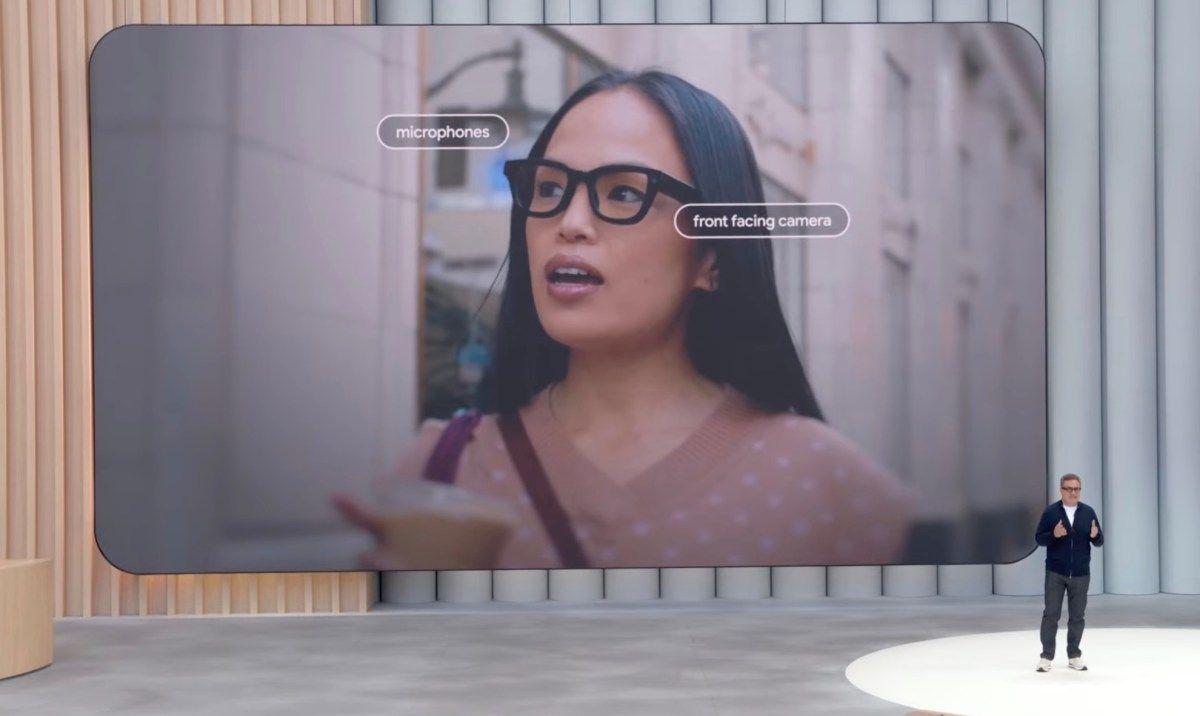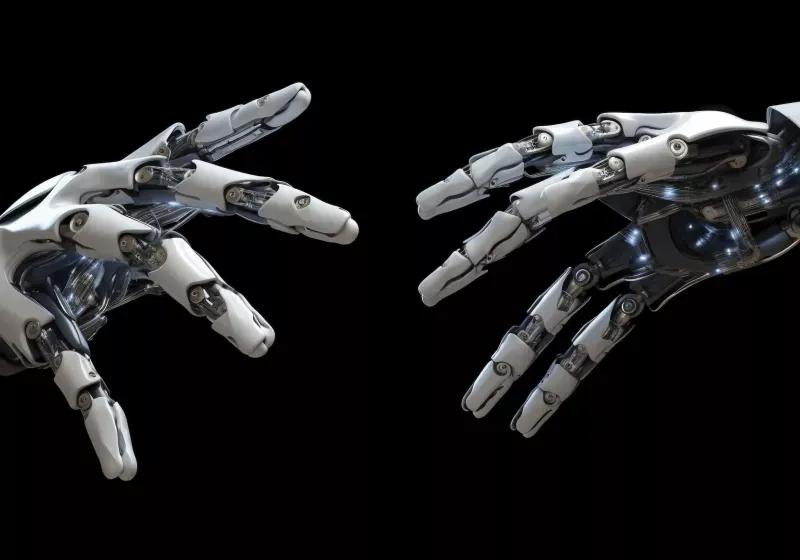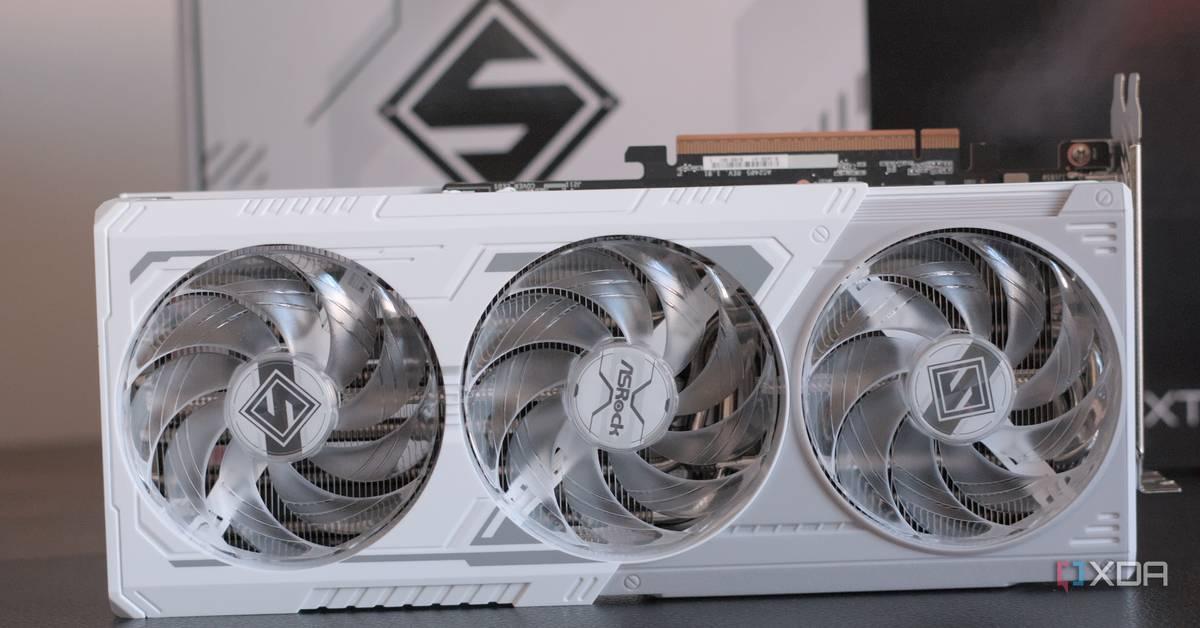Boston Dynamics Unveils Advanced Three-Fingered Gripper for Atlas Humanoid Robot
2 Sources
2 Sources
[1]
Atlas humanoid robot gets 3-fingered hand for advanced grasping
Boston Dynamics unveils a new three-fingered gripper for Atlas. Boston Dynamics has unveiled a major update to its humanoid robot Atlas, this time focusing on its hands. Over 12 years since the robot was first introduced, the Massachusetts-based company has made significant progress in both mobility and AI. On Wednesday, the robotics firm shared a new video highlighting improvements to one of the most difficult parts of humanoid robots -- their hands. Instead of trying to replicate a human hand fully, the team is developing a rugged and reliable gripper. This approach allows the robot to perform tasks such as sorting, picking, packing, and handling heavy objects more efficiently.
[2]
Watch this humanoid robot show off its new, advanced hand
Boston Dynamics' Atlas robot has been given a new gripper that now includes an opposing thumb. It's been just over 12 years since Boston Dynamics unveiled its bipedal Atlas robot, and along the way it's made huge advances in both mobility and AI capabilities. A new video (top) shared by the Massachusetts-based team on Wednesday highlights the progress made on one of the most challenging areas of a humanoid robot -- the hands. Instead of trying to precisely emulate a human hand, Boston Dynamics is focusing on developing a dexterous gripper that's both rugged and reliable, making it ideal for tasks such as sorting, picking and packing, as well as handling heavy objects. "Grippers are one of the most intricate components of a humanoid robot," Alberto Rodriguez, director of robot behavior for Altlas, says in the video. "We have to put in a lot of actuation and sensing into a very small space, so it's a very hard design problem." Karl Price, mechanical engineer for Atlas, showed off the new, three-fingered gripper for the Atlas robot. The second-generation device has seven degrees of freedom and seven different actuators -- two for each of the fingers and one for the newly added articulated thumb joint. It also has tactile sensing on the fingertips and cameras in the palm. Not surprisingly, the addition of the thumb has significantly boosted the humanoid robot's abilities. "That really expands the type of grasps that it allows us to do," Rodriguez said. "Over the last year or so, we've realized that we can grasp almost anything that we throw at it." The Atlas team settled on the idea of adding three fingers because it believed it was the fewest number required to complete a range of complex manipulation tasks, while the thumb allows for precise and careful handling of more delicate objects. The current goal, Rodriguez said, is to create a gripper "with the right sweet spot of dexterity, actuation, and sensing," adding that his team is "very excited to see where it takes us." Boston Dynamics is one of a growing number of companies working on humanoid robots that could one day transform the workplace, especially in industrial settings. Some companies are also developing robots for domestic use, with California-based Figure expected to make a big announcement on the subject later this week.
Share
Share
Copy Link
Boston Dynamics has introduced a new three-fingered gripper for its Atlas humanoid robot, marking a significant advancement in robotic hand technology. The update enhances Atlas's grasping capabilities, potentially revolutionizing industrial applications.

Boston Dynamics Advances Robotic Hand Technology
Boston Dynamics, the Massachusetts-based robotics company, has unveiled a significant update to its Atlas humanoid robot, focusing on one of the most challenging aspects of robotics: the hands. This development comes over 12 years after Atlas was first introduced, showcasing the company's continuous progress in both mobility and AI capabilities
1
2
.The New Three-Fingered Gripper
Instead of attempting to fully replicate a human hand, Boston Dynamics has opted for a more practical approach by developing a rugged and reliable gripper. The new design features three fingers and an opposing thumb, striking a balance between complexity and functionality
1
2
.Karl Price, a mechanical engineer for Atlas, demonstrated the second-generation device, which boasts impressive specifications:
- Seven degrees of freedom
- Seven different actuators (two for each finger and one for the articulated thumb joint)
- Tactile sensing on the fingertips
- Cameras integrated into the palm
Enhanced Capabilities and Applications
The addition of the articulated thumb has significantly expanded Atlas's grasping abilities. Alberto Rodriguez, director of robot behavior for Atlas, explained, "That really expands the type of grasps that it allows us to do. Over the last year or so, we've realized that we can grasp almost anything that we throw at it"
2
.This advancement in gripper technology enables Atlas to perform a wide range of tasks more efficiently, including:
- Sorting
- Picking and packing
- Handling heavy objects
- Manipulating delicate items with precision
Related Stories
The Challenges of Robotic Hand Design
Developing effective grippers for humanoid robots presents significant challenges. Rodriguez highlighted the complexity of the design process: "Grippers are one of the most intricate components of a humanoid robot. We have to put in a lot of actuation and sensing into a very small space, so it's a very hard design problem"
2
.The Boston Dynamics team chose to implement three fingers as they believed it was the minimum number required to complete a range of complex manipulation tasks. The addition of the thumb allows for more precise and careful handling of delicate objects
2
.Future Implications and Industry Trends
Boston Dynamics' latest advancement in robotic hand technology has potential implications for various industries, particularly in industrial settings. The company is among a growing number of firms working on humanoid robots that could transform the workplace
2
.As the field of robotics continues to evolve, we can expect to see further developments in gripper technology and humanoid robot capabilities. The Atlas team remains focused on creating a gripper with the optimal balance of dexterity, actuation, and sensing, which could lead to even more advanced applications in the future
2
.References
Summarized by
Navi
[1]
[2]
Related Stories
Recent Highlights
1
AI Chatbots Sway Voters More Effectively Than Traditional Political Ads, New Studies Reveal
Science and Research

2
Google AI glasses set to launch in 2026 with Gemini and Android XR across multiple partners
Technology

3
EU Launches Antitrust Probe Into Google's AI Training Practices and Content Usage
Policy and Regulation







